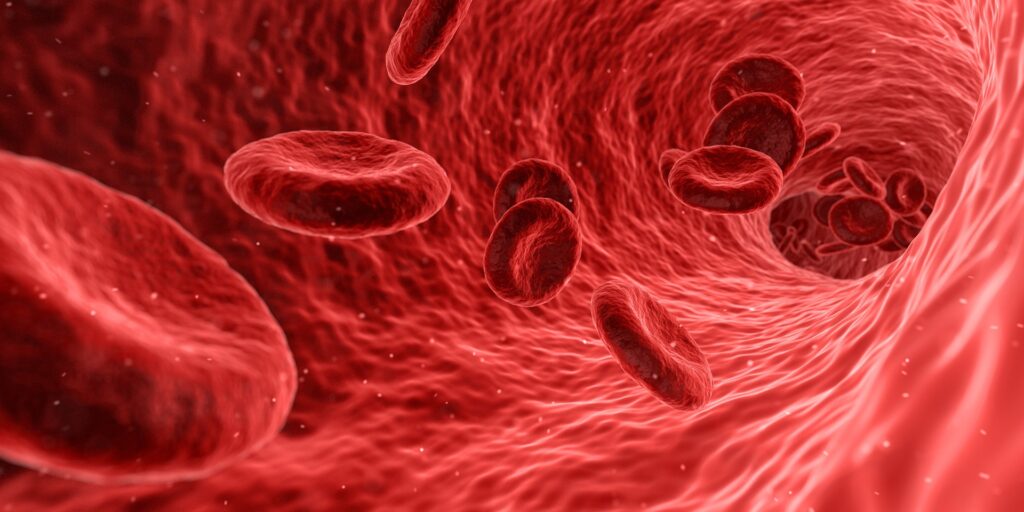Almost ‘Superhuman’ Immune Response Found in Certain People

A series of studies in recent months has found that, thanks to the mRNA vaccine and previous infection, some people mount an extraordinarily powerful immune response against SARS-CoV-2 which some scientists have referred to as ‘superhuman’.
Called ‘hybrid immunity’, their bodies produce very high levels of antibodies, with great flexibility: likely capable of fighting off the SARS-CoV-2 variants currently circulating but also likely effective against future variants.
“Overall, hybrid immunity to SARS-CoV-2 appears to be impressively potent,” Crotty wrote in commentary in Science published in June.
“One could reasonably predict that these people will be quite well protected against most and perhaps all of — the SARS-CoV-2 variants that we are likely to see in the foreseeable future,” says Paul Bieniasz, a virologist at Rockefeller University who helped lead several of the studies.
Bieniasz and his colleagues found antibodies in these individuals capable of strongly neutralising the six variants of concern tested, including Delta and Beta, as well as several other viruses related to SARS-CoV-2, including SARS-CoV-1.
“This is being a bit more speculative, but I would also suspect that they would have some degree of protection against the SARS-like viruses that have yet to infect humans,” Bieniasz said.
People who have had a ‘hybrid’ exposure to the virus, were infected with it in 2020 and then immunised with mRNA vaccines this year. “Those people have amazing responses to the vaccine,” said virologist Theodora Hatziioannou at Rockefeller University, who also helped lead several of the studies. “I think they are in the best position to fight the virus. The antibodies in these people’s blood can even neutralize SARS-CoV-1, the first coronavirus, which emerged 20 years ago. That virus is very, very different from SARS-CoV-2.”
These antibodies were so effective they were even able to deactivate a virus purposefully engineered to be highly resistant to neutralisation, containing 20 mutations that are known to prevent SARS-CoV-2 antibodies from binding to it. Antibodies from those who were only vaccinated or who only had prior coronavirus infections were ineffecgtive against this engineered virus..
This shows how powerful the mRNA vaccine can be in those infected with SARS-CoV-2, she said. “There’s a lot of research now focused on finding a pan-coronavirus vaccine that would protect against all future variants. Our findings tell you that we already have it.
The catch is getting COVID. “After natural infections, the antibodies seem to evolve and become not only more potent but also broader. They become more resistant to mutations within the [virus].”
Hatziioannou and colleagues don’t know if this applies to all those mRNA-vaccinated and previously COVID-infected. “We’ve only studied the phenomena with a few patients because it’s extremely laborious and difficult research to do,” she said.
“With every single one of the patients we studied, we saw the same thing.” The study reports data on 14 patients.
Several other studies lend credence to her hypothesis and reinforce the idea that exposure to both a coronavirus and an mRNA vaccine triggers an exceptionally powerful immune response. In one study in NEJM, scientists analysed antibodies generated by people who had been infected with SARS-CoV-1 back in 2002 or 2003 and who then received an mRNA vaccine this year.
Remarkably, these people also produced high levels of antibodies that could neutralise a whole range of variants and SARS-like viruses. Many questions remain, such as the effect of a third booster shot, or being infected again.
“I’m pretty certain that a third shot will help a person’s antibodies evolve even further, and perhaps they will acquire some breadth [or flexibility], but whether they will ever manage to get the breadth that you see following natural infection, that’s unclear.”
Immunologist John Wherry, at the University of Pennsylvania, is a bit more hopeful. “In our research, we already see some of this antibody evolution happening in people who are just vaccinated,” he said, “although it probably happens faster in people who have been infected.”
In a recent study, Wherry and colleagues showed that, over time, uninfected people with only two doses of the vaccine begin to produce more flexible antibodies, so a third dose would give even more of an evolutionary boost to the antibodies, Wherry said. So a person will be better equipped to fight off whatever variant the virus puts out there next.
“Based on all these findings, it looks like the immune system is eventually going to have the edge over this virus,” said Bieniasz, of Rockefeller University. “And if we’re lucky, SARS-CoV-2 will eventually fall into that category of viruses that gives us only a mild cold.”
Source: NPR









